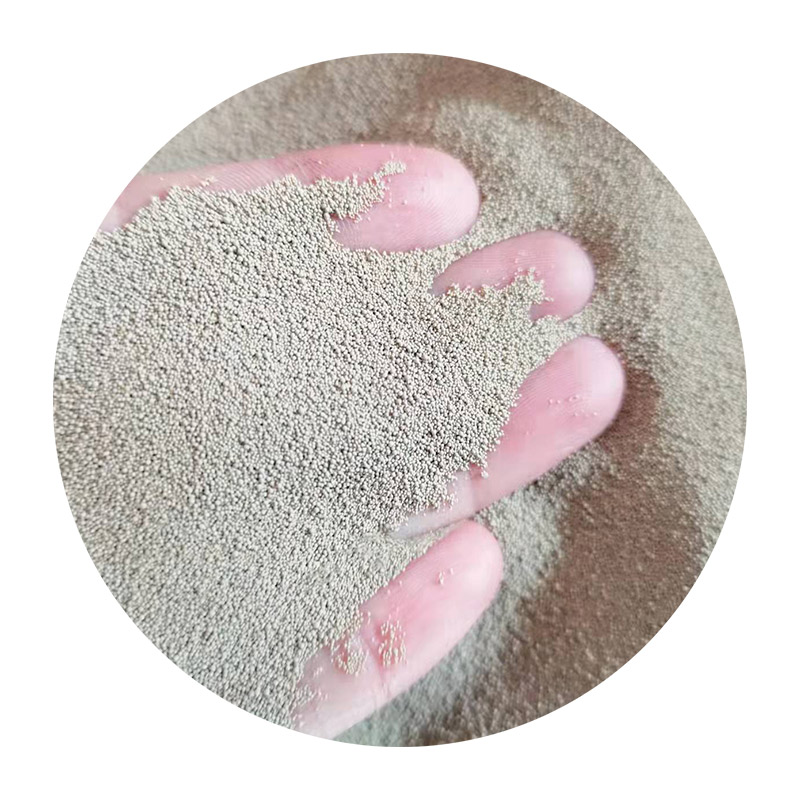Metal Sand Casting An Overview
Metal sand casting, a widely utilized manufacturing process, is a technique where molten metal is poured into a sand mold to create a desired metal component. This method is revered for its versatility, cost-effectiveness, and ability to produce complex shapes that are often difficult to achieve through other casting methods.
Metal Sand Casting An Overview
One of the significant advantages of sand casting is its ability to accommodate large-sized components. Unlike other casting methods, there are minimal size restrictions, which makes it an attractive option for industries that require large parts, such as automotive, aerospace, and heavy machinery. Additionally, the sand used in the process can be reused, which enhances the sustainability of the operation.
metal sand casting

Once the mold is prepared, the chosen metal, typically aluminum, iron, or bronze, is heated until it reaches a molten state. The molten metal is then carefully poured into the mold cavity. Following the pouring process, the metal is allowed to cool and solidify, which ensures that it takes on the exact shape of the mold. This cooling process can take anywhere from a few minutes to several hours, depending on the size and type of metal used.
After the metal has cooled and solidified, the mold is broken apart to reveal the cast metal part. This stage often involves additional processes, such as cleaning, trimming, and surface finishing, to achieve the desired specifications and surface quality. The need for secondary operations in sand casting is common, as the initial cast may have imperfections that must be addressed before the component can be utilized.
Sand casting is not only advantageous for its versatility and cost-effectiveness but also for its scalability. Whether a small batch of prototypes is needed or a large production run, metal sand casting can be adapted to meet varying demands. Overall, this traditional yet efficient method remains a key player in modern manufacturing, providing robust solutions across diverse industries and ensuring its continued relevance in the world of metal production.
Post time:9月 . 28, 2024 19:46
Next:Choosing the Right Sanding Technique for Resin Projects
